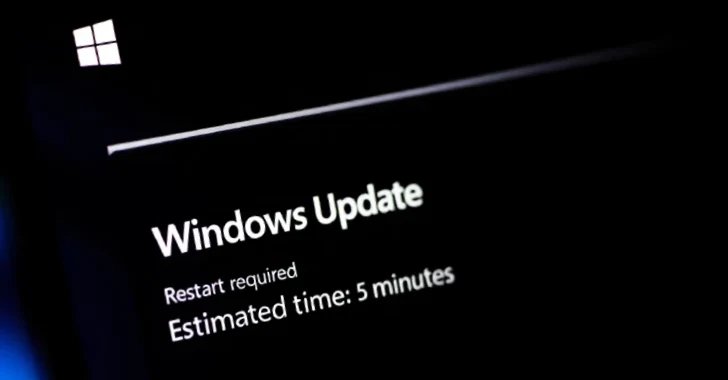Essential Insights
-
Security Flaws Resolved: Microsoft addressed 78 security vulnerabilities, including five zero-days (actively exploited), with 11 rated Critical and 66 Important, affecting multiple components of its software.
-
Key Vulnerabilities: The zero-days include significant flaws in the Microsoft Scripting Engine, Desktop Window Manager, and Common Log File System, enabling potential arbitrary code execution and privilege escalation.
-
CISA Involvement: The U.S. CISA added all five flaws to its Known Exploited Vulnerabilities catalog, mandating federal agencies to implement fixes by June 3, 2025.
- Noteworthy Vulnerabilities: Additional critical vulnerabilities in Microsoft Defender for Endpoint and Azure DevOps Server were identified, with the most severe at a CVSS score of 10.0, allowing unauthorized privilege escalation.
Problem Explained
On Tuesday, Microsoft addressed a formidable array of security vulnerabilities across its software portfolio, shipping fixes for 78 flaws, among which were five zero-day vulnerabilities that had been actively exploited. The vulnerabilities spanned multiple severities, with 11 categorized as Critical. Notably, 28 flaws permitted remote code execution, 21 were linked to privilege escalation, and others were deemed information disclosure risks. The vulnerabilities were largely attributed to Microsoft’s own threat intelligence team, alongside contributions from external researchers, including those from Google and CrowdStrike.
The U.S. Cybersecurity and Infrastructure Security Agency (CISA) has since added these five critical vulnerabilities to its Known Exploited Vulnerabilities catalog, mandating federal agencies to implement these updates by June 3, 2025. Among the most concerning flaws is the CVE-2025-29813, a privilege escalation vulnerability in Azure DevOps Server with a maximal CVSS score of 10.0. This series of vulnerabilities, particularly in components like the Scripting Engine and the Desktop Window Manager, reflects an ongoing challenge in the cybersecurity landscape, highlighting the swift pace at which threat actors are adapting and the continuous need for vigilance in software security practices.
Critical Concerns
The recent discovery of 78 security flaws in Microsoft’s software, including five actively exploited zero-days, poses substantial risks not only to individual users but also to businesses and organizations that depend on these systems. If these vulnerabilities are not addressed promptly, they could serve as gateways for malicious actors to gain unauthorized access, leading to data breaches, loss of intellectual property, and significant operational disruptions. Organizations interconnected with compromised networks may experience cascading effects, resulting in reputational damage and financial losses due to remediation efforts or regulatory penalties. This risk is amplified for those using shared resources, as a breach in one entity can rapidly propagate vulnerabilities across the network ecosystem, further endangering data integrity and user trust. Hence, the imperative for timely patching and proactive security measures becomes critical to safeguard against these multifaceted threats.
Possible Actions
In the ever-evolving landscape of cybersecurity, the prompt addressing of vulnerabilities is paramount.
Mitigation Steps
- Immediate Patch Application
- System Vulnerability Assessments
- Enhanced Monitoring Protocols
- User Access Controls
- Regular Security Audits
- Incident Response Preparedness
NIST CSF Guidance
NIST emphasizes proactive measures, particularly under the "Identify" and "Protect" functions. Refer to NIST SP 800-53 for detailed security controls and guidance on effectively managing vulnerabilities. The integration of these practices reinforces an organization’s resilience against imminent threats.
Advance Your Cyber Knowledge
Stay informed on the latest Threat Intelligence and Cyberattacks.
Understand foundational security frameworks via NIST CSF on Wikipedia.
Disclaimer: The information provided may not always be accurate or up to date. Please do your own research, as the cybersecurity landscape evolves rapidly. Intended for secondary references purposes only.
Cyberattacks-V1

